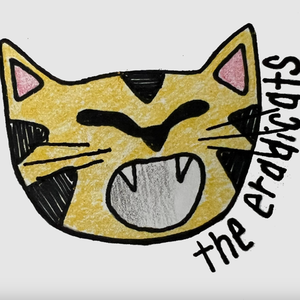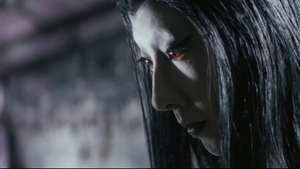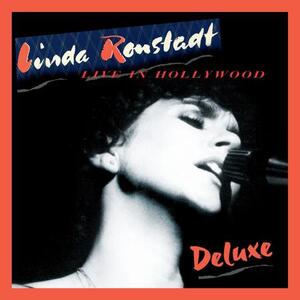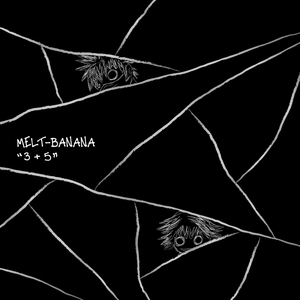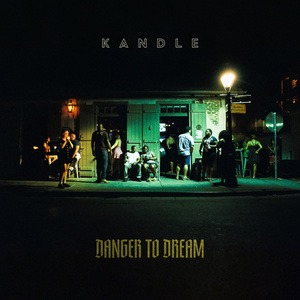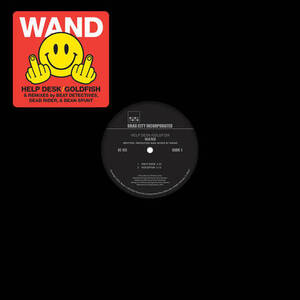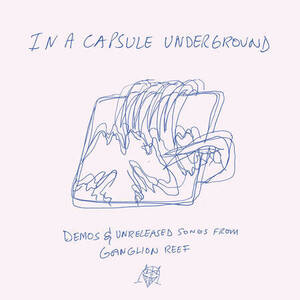Nice Hat. Thanks
by Joshua Beckman and Matthew Rohner
Verse Press
“niceHatCover”
I’ve always dreaded the Thin Book of Verse school of poetry, an artistic style mostly suited to introspection by people troubled by their life or the mere fact they have one. This is a very classic TBoV, small in format, printed on good but not ostentatious paper, and typeset in what looks to be Garamond 12 point. The layout is spare and logical, poems grouped by size, evoking a minimalist tour-de-force, if such a thing is possible. We are all forced to reconsider the worth of our existence simply because this book itself exists.
Poetry, like art, is no longer governed by the strict academic forms of rhythm, rhyme, or meter. Today, if someone says “this is art” or “this is poetry” or “this is insight”, we must accept their statement, and pursuing the topic is about as acceptable as speculating on someone’s salary to their face. Opening this micro volume is a section consisting of 32 poems clocking in at a spare two lines each. I believe Fair Use allows me to quote 3 words that forms the Title to the booklet:
Nice Hat Thanks.
Some contemplation of this opus leads me to speculate, perhaps unfairly:
Short poem. Not.
Forgive my boorishness, but a set of symbols shorter than the warning on a matchbook is a poor synopsis of the human condition, or any part of it. At least Haiku demands 17 syllables.
After an extended 30-second slog through the two-lines poems (I was slowed by the need to turn pages), a wider vista opens with the introduction of the three line form, where we can now introduce much more complex moods and situations. Some of these approach Japanese serenity:
Sorted Leaves Fell in circles For Thirty Minutes
The addition of that single line heralds a significant step away from reducia ad nihlium. There are now enough semiotics to allow less skilled minimalists to enter the one-way dialog, rising from nearly nothing to almost something. A brief scan of the three liners guides us directly into the four-line symmetric form, a surprisingly difficult yet necessary step that allows us to eventually tackle five line poems. At five lines, Beckman and Rohner enter the arena of call and response – three lines set forth a premise, which is then accepted or denied by the subsequent two lines. Simple-sounding, but the evolution forces us to grasp the poet’s deeper intent. Again, allow me a Fair Use example:
I love New York More than you do, Buddy
Take that shirt Back to New Jersey
Now we’re getting somewhere! At five lines, we can start to see the seeds of conflict and resolution, character and situation, and a dramatic tension pushing us into a deeper story, yet withholding the next step of human relations, leaving the reader hungry for more.
We are now ready to break though the gray rain, just as jet bursts through the clouds, lifting us from soggy Philadelphia to glorious sunshine, 0 to 500 mph in 30 seconds. It was long and painful sitting in our cramped seats, but worth it, as a whole heaven of multi-line, even multi-page material fills the remainder of the book, and we read it with gusto, now knowing the true heart of Beckman & Rohner. It’s clear, unexpected sunlight.
Verse Press: http://www.versepress.org/





